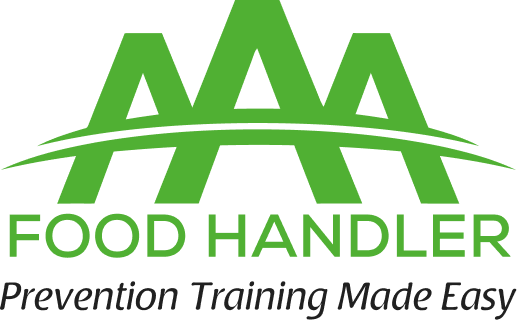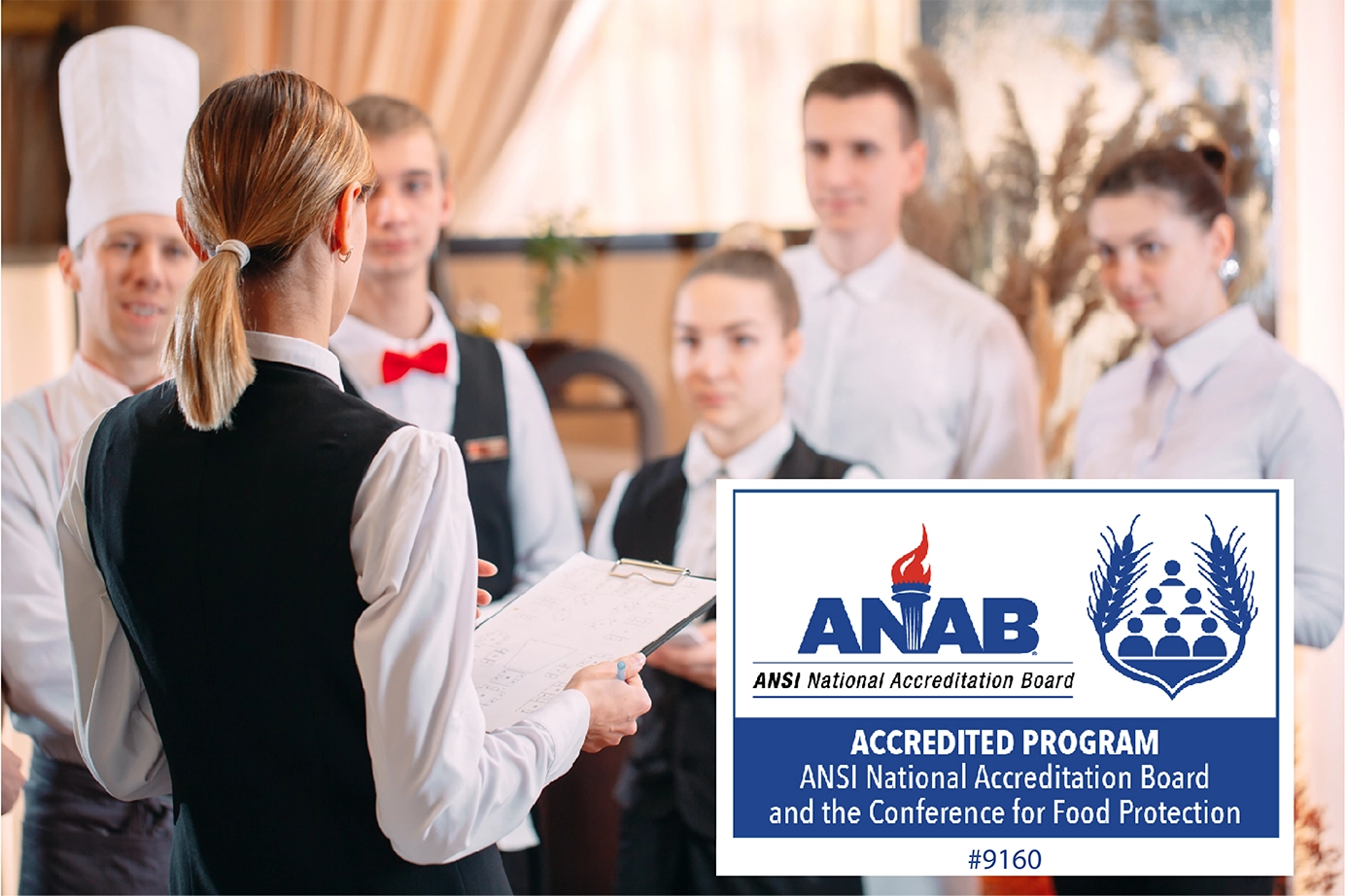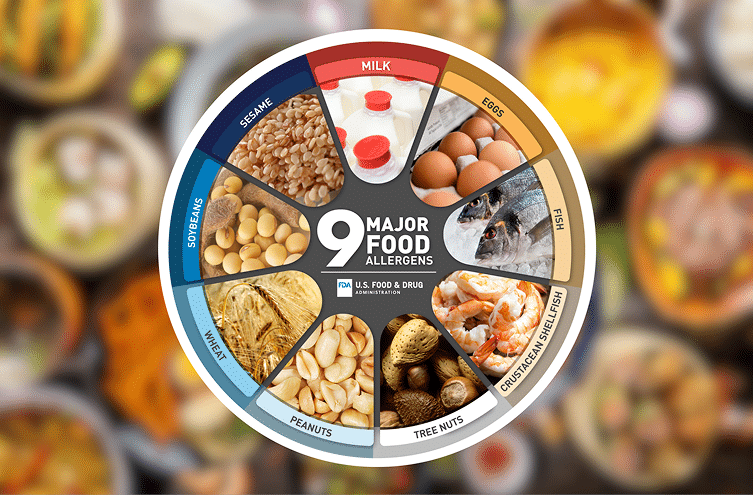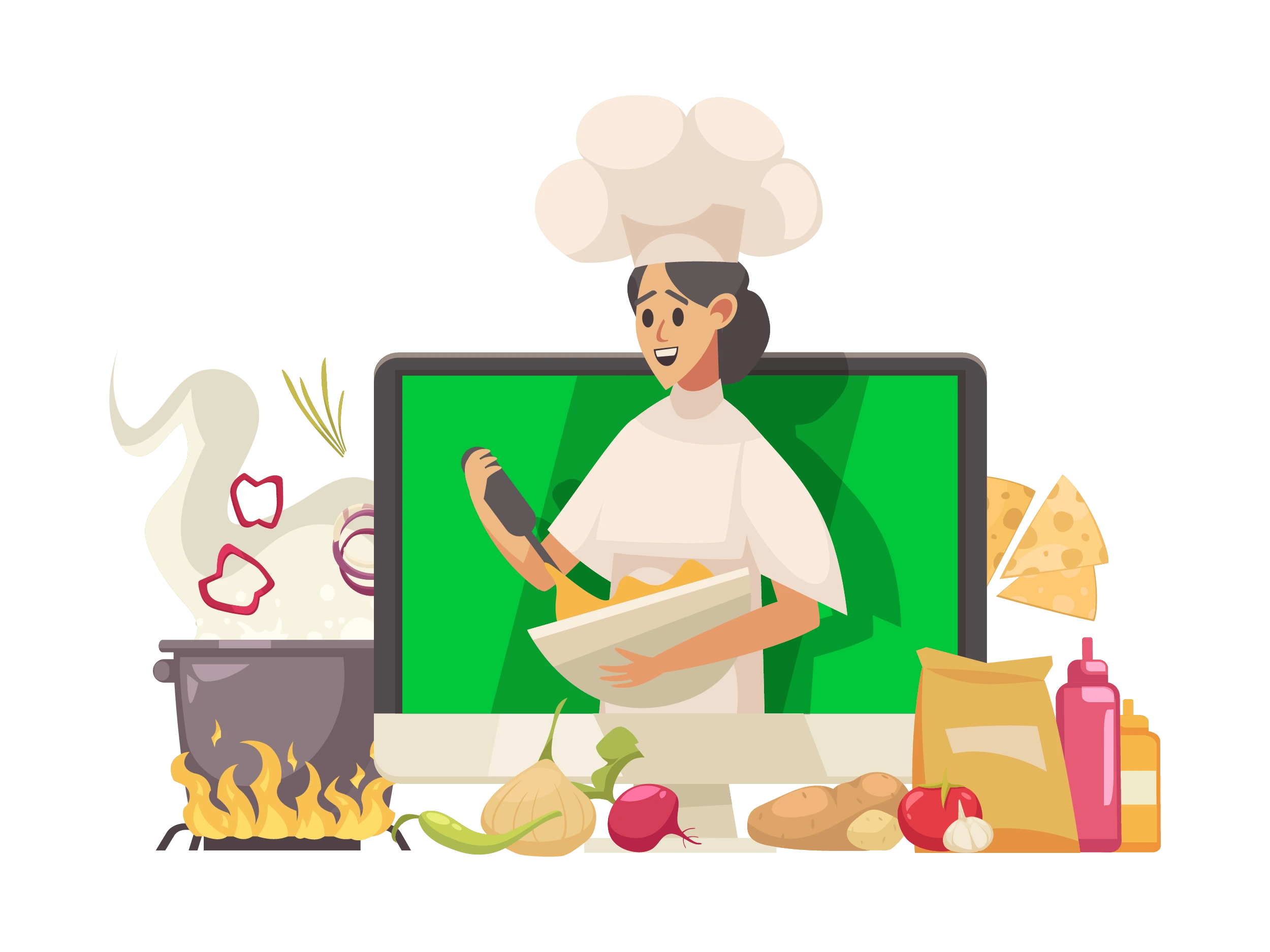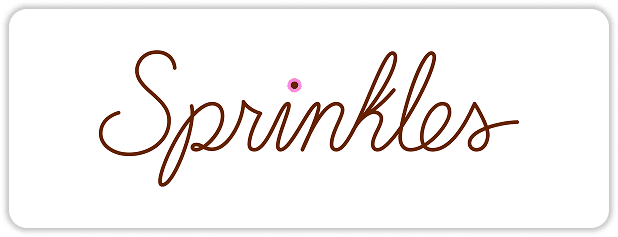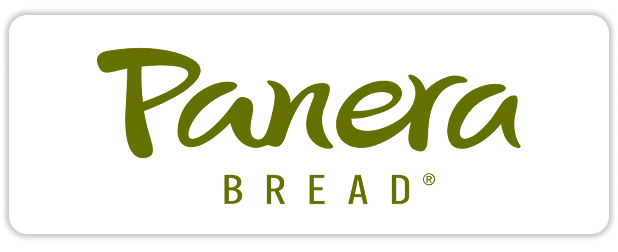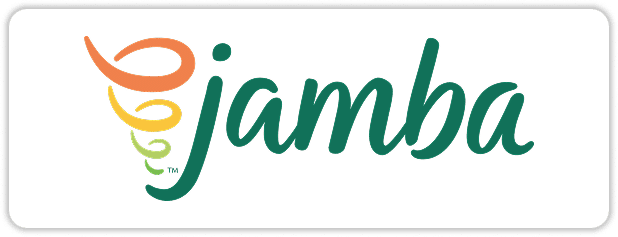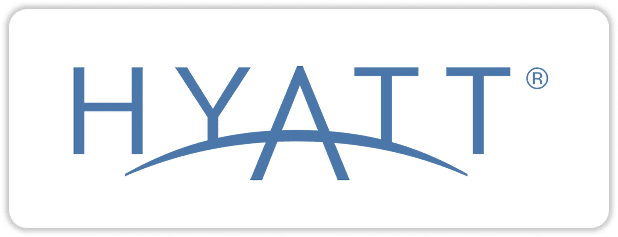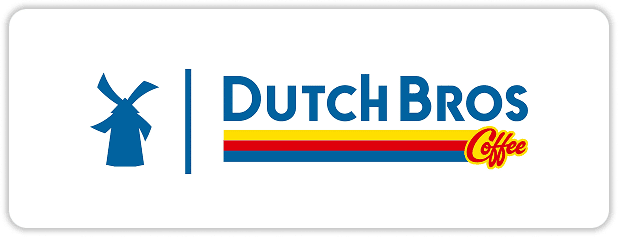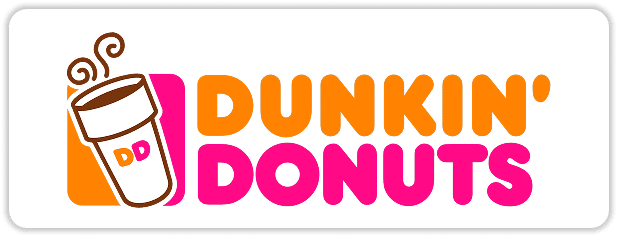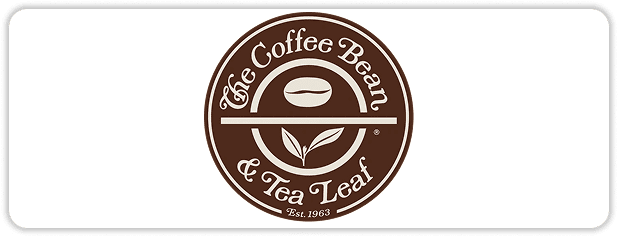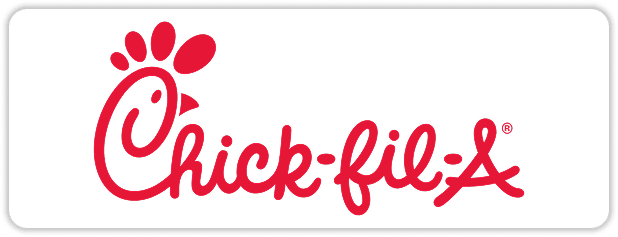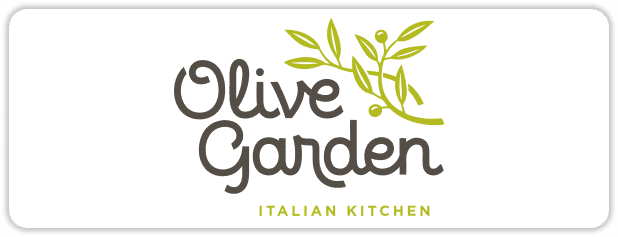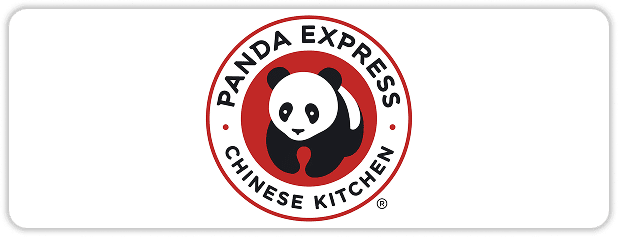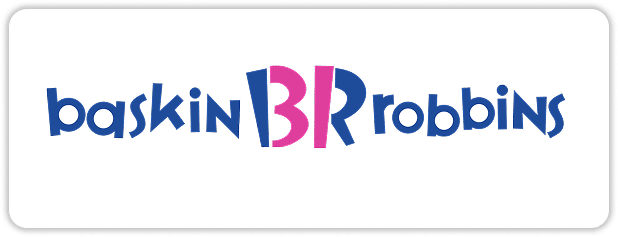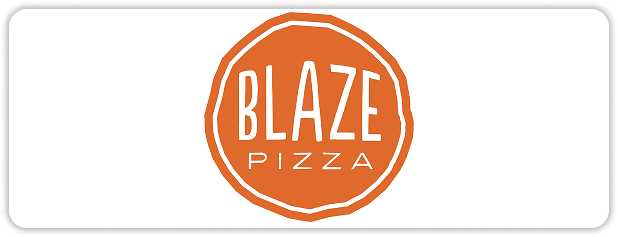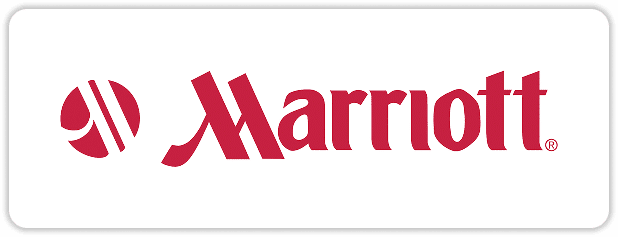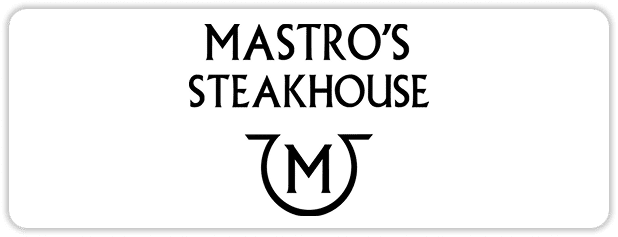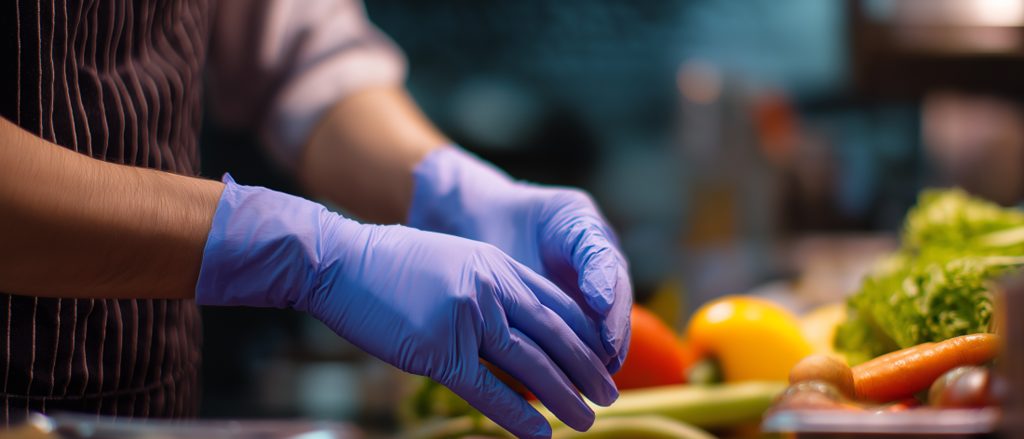
Food Safe Gloves: Pros and Cons You Need to Know
Using food safe gloves is one of the most straightforward yet crucial steps to keep food safe, protect customers, and maintain compliance with health regulations. Proper glove use ensures that food is handled hygienically, reducing the risk of contamination. In this guide, we answer common questions about food safe gloves, including types, pros and cons, best practices, and alternatives.
What Are Food Safe Gloves?
Food safe gloves are disposable gloves made from materials approved for contact with food and food packaging. They create a barrier between your hands and the food you handle, preventing bacteria, viruses, and other contaminants from reaching the food. Proper use of gloves is essential for safe food handling and protecting public health.
What Types of Food Safe Gloves Are Available?
There are four main types of food safe gloves: polyethylene (poly), latex, vinyl, and nitrile. Each has specific advantages and limitations.
1. Polyethylene (Poly) Gloves
Poly gloves are thin, transparent gloves that are best suited for light food tasks, such as assembling sandwiches, handling pre-washed produce, or serving ready-to-eat items.
Pros:
- Affordable and cost-effective
- Easy to change frequently
- Good for light-duty work
Cons:
- Tear easily and prone to rips
- Not suitable for heavy-duty food preparation
2. Latex Gloves
Latex gloves are made from natural rubber and are durable and flexible, offering excellent protection against bacteria and viruses.
Pros:
- Strong barrier against pathogens
- Comfortable and flexible for extended use
Cons:
- Can cause allergic reactions in sensitive individuals
- Less commonly used in foodservice due to allergy concerns
3. Vinyl Gloves
Vinyl gloves are made from polyvinyl chloride (PVC) and are latex-free, making them a suitable alternative for those with allergies.
Pros:
- Affordable
- Latex-free and allergy-safe
Cons:
- Less protective against bacteria and viruses compared with latex or nitrile
- May contain chemicals that could migrate into food
4. Nitrile Gloves
Nitrile gloves are made from synthetic rubber. They are durable, versatile, and latex-free, making them ideal for allergy-conscious environments.
Pros:
- Highly durable and resistant to tears
- Latex-free and safe for allergy-sensitive individuals
- Available in different thicknesses for different tasks
Cons:
- More expensive than poly or vinyl gloves
- Less flexible than latex
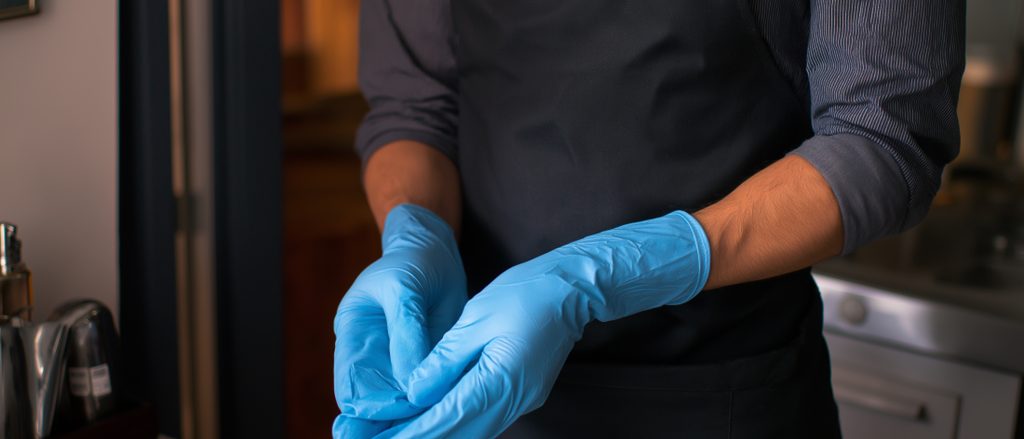
How Do I Choose the Right Gloves?
Choosing the right glove depends on your tasks, protection needs, and any allergy concerns:
- Poly gloves: Best for light, frequent-serving tasks
- Latex gloves: Best for heavy-duty protection, avoid if allergies are a concern
- Vinyl gloves: Cost-effective, short-term use, latex-free
- Nitrile gloves: Durable, versatile, latex-free, and safer than vinyl for long tasks
When Should Gloves Be Changed?
Gloves are not a substitute for handwashing. They must be changed frequently to prevent contamination. Change gloves whenever:
- They tear or become contaminated
- Switching between different food preparation tasks
- After sneezing, coughing, or touching your face
- Preparing food for someone with allergies
- Every four hours during continuous tasks
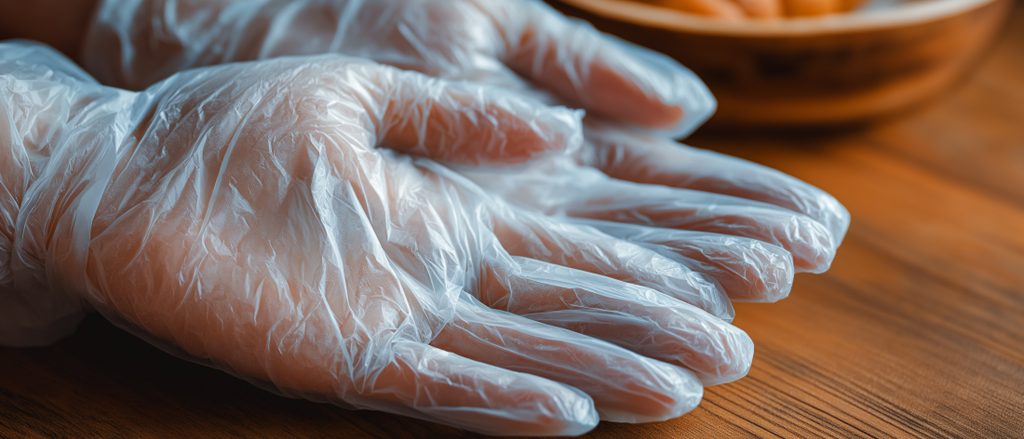
Always wash your hands in a designated handwashing sink before putting on new gloves. Disposable gloves are single-use only and should never be washed or reused.
How to Put On (Don) Gloves Properly
- Wash hands thoroughly
- Choose the correct glove size
- Insert your hand and pull the glove over your wrist
- Check for holes or tears
- Repeat for the other hand
Proper donning ensures maximum protection and prevents accidental contamination.
How to Take Off (Doff) Gloves Safely
Removing gloves incorrectly can spread pathogens. Follow these steps:
- Pinch the outside of one glove at the cuff and peel it inside out
- Hold the removed glove in your gloved hand
- Slowly slide your fingers under the cuff of the second glove and peel it inside out over the first
- Dispose of gloves properly
- Wash hands thoroughly
Are There Alternatives to Gloves?
While gloves are effective, using utensils can sometimes be safer:
- Tongs for salads, sandwiches, or pastries
- Spatulas for cooked foods
- Deli tissue or wax paper for sandwiches or wraps
- Spoons and scoops for serving
Using these alternatives reduces contamination risk, helps maintain hygiene, and cuts down on glove waste and cost.
Benefits of Using Food Safe Gloves
- Protects both staff and customers from foodborne illnesses
- Helps maintain proper hygiene and food safety standards
- Supports professional food handling practices
- Reduces the risk of cross-contamination
Risks of Improper Glove Use
Improper glove use can create safety risks:
- Failing to change gloves spreads pathogens
- Touching your face or unclean surfaces while wearing gloves contaminates food
- Reusing gloves can increase the risk of foodborne illness
Quick Overview: Pros and Cons
Glove Type | Pros | Cons |
Poly | Affordable, ideal for light tasks | Tears easily, not for heavy-duty tasks |
Latex | Durable, strong protection | Allergy risk is less common |
Vinyl | Affordable, latex-free | Less protective, may contain chemicals |
Nitrile | Durable, latex-free, versatile | More expensive, less flexible than latex |
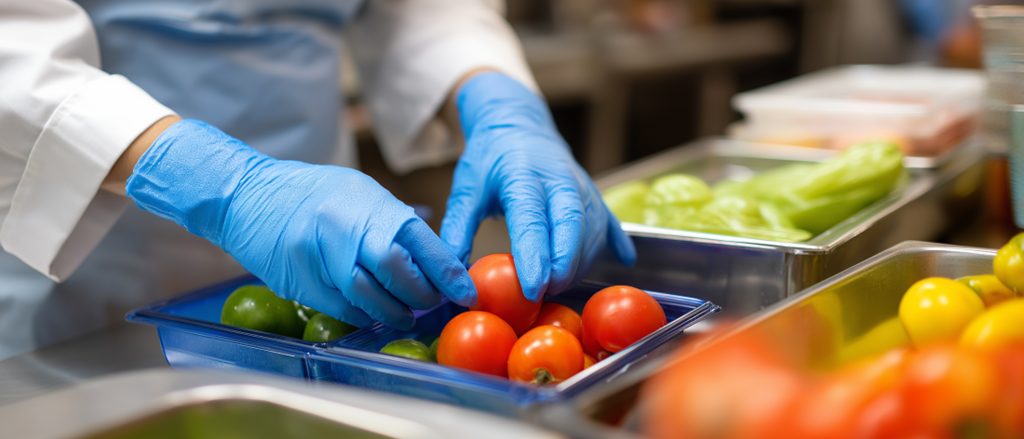
Safe Food Handling Starts with Proper Gloves
Understanding the pros and cons of each glove type, changing gloves frequently, and using proper donning and doffing techniques are critical for maintaining hygiene and preventing contamination. Proper glove use helps professional kitchens stay compliant with health standards while protecting both staff and customers.
For reliable guidance on food safety and professional food handling practices, you can explore certification programs and resources available at AAA Food Handler.
